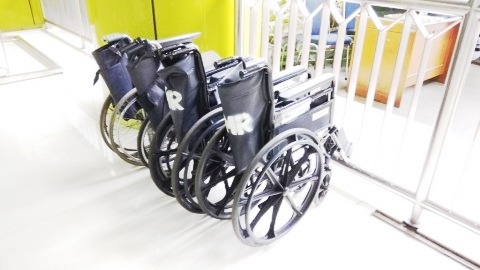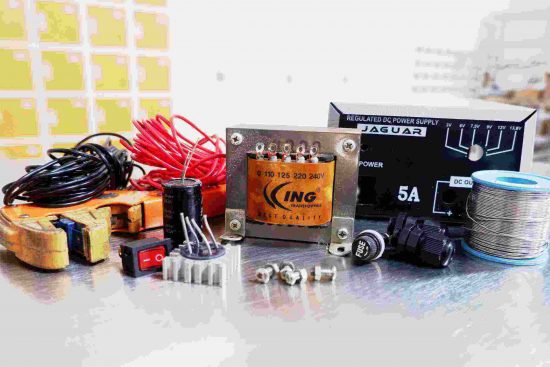After previously discussing the factors that affect anthropometric data, this time we will discuss the scope in anthropometric measurement data. As we know, anthropometric measurements are used to create ergonomic items / tools. In this case, the scope of which will be discussed having an important influence in determining the outcome of the data to be analysed in order to create products that are ergonomic.
The definition of scope in anthropometry measurement data
The scope can also be interpreted as part of the variables studied, population or subject, and location. However, in this case, the scope in question is a number of things that can be measured or examined using anthropometry.
The scope measured by anthropometry or data in measurements is as follows:
1.Clothing Design
Did you know that the design of the clothes that we use, made by the principle of anthropometric measurements in them? For example, about how to average the size of clothes for both men and women. The ergonomics principle that you want to get when making clothing products is a product that is comfortable to use, make a right size to wear and durable product. Well, this principle can be done using anthropometric measurements. Another example is clothes for doctors who usually use comfortable materials and are used to support their work. This is what is meant by using the principle of measuring body dimensions to create a mass product that is well used.

2. Workplace design
Second, workplace design, the ergonometric concept is clearly important and crucial to use in designing workplaces. For example designing a comfortable workplace for factory employees, engineers are expected to be able to measure space that is able to meet the physiological / biological needs of workers with their work tools. So then, to unite these two things. An anthropometric calculation and location of machine elements are required for the work position, motion space, range and interface between the operator’s body and the engine.

This consideration must be established because:
1. The size of the human body differs from one another
2. Humans have both physical and mental limitations
3. Humans have certain hopes and predictions related to things around them
Considering the above, it is very important to apply the principles of ergonometric and anthropometry in developing a good workplace design.
3. Environmental design
In addition to workplace design, environmental design is also an important thing to note. In this case, one example that will be taken is the waiting room at the Station. The station waiting room is a departure waiting room that is able to accommodate users’ needs as much as possible and create comfort for the user.
The level of comfort of the waiting room at the station can be assessed through ergonomic studies which include anthropometry, circulation, temperature, lighting, noise level, mechanical vibration, and so on. In this case, the principle of anthropometry used includes efforts to be considered in making waiting room chairs and accessible facilities.
In this case, for example, chairs for people with disabilities can also be a consideration in designing products that are suitable and able to accommodate the interests of those with disabilities.


4. Design of general equipment, tools and machines
Other scopes that can be tested are the design of general equipment, tools and machines. In this case, for example, the author will provide a simple example of creating an ergonomic helmet. As we know, a helmet is a piece of equipment used to protect the head when driving. Of course, seeing the importance of the helmet, the manufacture must be based on the right calculation. Some complaints that are often felt by consumers, for example, the size of a helmet that is not right, the strap is too long, and the back head or part of the cerebellum is not fully covered.
To create good and quality helmet products, careful calculations are needed using anthropometric data. Measurements can be done manually or using more sophisticated equipment, for example using anthropometric chairs. Because the anthropometric chair can be used to measure the dimensions of the head. In this case, some calculations needed in making helmets are head circumference, head height, head width, head length, and others. In addition to helmets, several other general equipment, mainly tools and machines use anthropometric data.


5. Consumer product design
Lastly, another thing that is usually used anthropometric measuring tool is in the design of consumer products. Some or many product designs, which must be adapted to the dimensions of the human body. Because products that are not ergonomic will create difficulties in use and cause inconvenience in using the product. In this case, it is important for producers to prioritize the use of appropriate anthropometric data to create suitable products.
A simple example, is how we are making a home phone, it is important to know whether the product can be used properly. Whether the cable used must be longer or shorter. Another example, for example the floor mop, of course the mop must be adjusted to the height of someone who will use the product, so that products that are created are more effective to use.

The five designs above are the scope in anthropometric measurement data. If you need a tool for measuring the dimensions of the human body. So we have anthropometric chair products that can be purchased to support the production of ergonomic items.
Want to design products that are suitable for consumers? Use the anthropometric chair.


